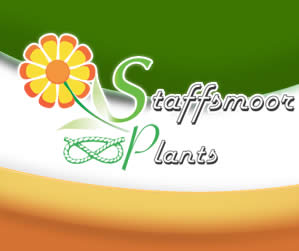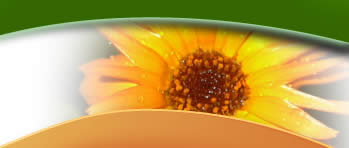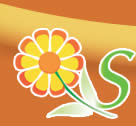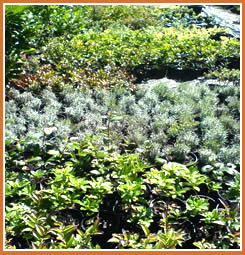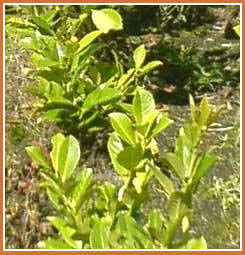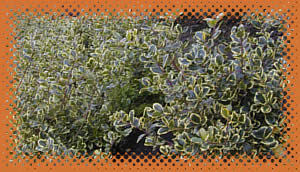PLANTING AND CARE TIPS FOR ERICAEOUS PLANTS
Ericaceous, or "lime-hating" plants are excellent early spring flowers (April or June).
They grow best in neutral or acid soils (ph7 or below), although some deciduous azaleas will tolerate more alkaline (limy) conditions.
Originating from woodland, heath or mountain-side; they thrive in deep, moist but well-drained soils that are rich in organic matter (humus). This can be achieved by enriching the soil with peat or leaf-mould. The large leaved rhododendrons, species and hybrids generally require semi-shaded conditions such as that provided by the dappled shade of trees or large shrubs.
In view of this they are ideal subjects for sheltered north facing borders and shady positions, although they will tolerate sunny exposures so long as the soil remains always moist.
The smaller leaved rhododendrons and most azaleas prefer a slightly sunnier position, perhaps shaded from the sun when it is at its strongest in the afternoon.
Our ericaceous plants are completely hardy, tolerating temperatures of -25C (-15F) or below.
Some care is needed in the positioning of especially early flowering rhododendrons such as R. praecox, R. seta and some of the R. pemakoense hybrids such as 'Rose Elf' to avoid their blooms becoming marked by late spring frosts, the plants themselves are perfectly hardy.
Care should also be taken with the positioning of Pieris and their allied Photina / Stransavia, to prevent the young bracts also becoming marked by late frosts, they will however produce a second flush of growth.
For best effect they are probably better placed in a southerly or westerly aspect, sheltered from sun and cold winds by surrounding evergreen shrubs. By contrast the smaller leaved Rhododendrons and yakushimanum hybrids are particularly tough and will tolerate the coldest exposures.
^Back to top of page.
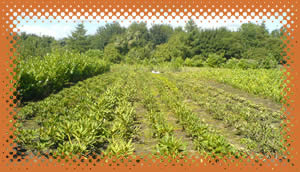
PLANTING ERICAEOUS PLANTS
Plants grown in containers can be planted out at any time of the year; provided that the ground is not frozen.
Before removing the pot, water thoroughly or leave to soak for a few minutes. The correct planting depth is very important, neither plant to deep for this will cause the stem to rot, nor too high as the rootball may become dried out or the plant may rock.
Plant to the same depth as the compost in the container, covering this with the lightest layers of soil. Dig a hole 5-6 times as large as necessary and mix in plenty of peat or leaf mould to form a nice friable mixture, place the plant in its hole and backfill with this mixture, firmly lightly with fists to prevent the plant rocking in windy weather but do not compress the soil too firmly.
If necessary, particularly with larger plants, drive in a stout stake and tie them to it. Above all add plenty of peat or leaf-mould around the rootball, this will provide the moist acid conditions which these plants enjoy.
Lastly water, not just a light sprinkle but a thorough soak!
^Back to top of page.
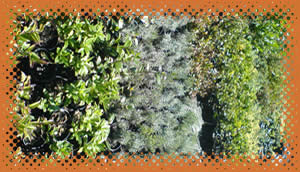
AFTERCARE FOR ERICAEOUS PLANTS
Water thoroughly after planting and continue to water during the first growing season, these plants are surface rooting and suffer from drought very rapidly in dry weather.
All weeds are best removed by hand whilst still young as hoeing and forking too close to the plants may damage the shallow roots.
An annual mulch of peat, leaf-mould, pine needles or composted bark is beneficial. Spread the material in a 1-2inch (2.-2.5cm) band 6inches (15cm) from the base of the plant. Never mulch too close to the stem of the plant as this may cause the stem to rot. After flowering the larger hybrids can be dead headed by carefully breaking out the truss of seed heads before the leaf buds start into growth, be careful not to damage these new buds.
Ericaceous plants thriving on poor soils have very little requirement for fertilizers, especially high doses of nitrogen. For specimens that are growing poorly an annual dose of dried blood between May and early June at the rate of 1oz per square yard is beneficial.
Under no circumstances apply this after the end of June or soft growth will be encouraged and may be frosted in the winter. Should any plants show signs of iron deficiency, the usual symptoms being a 'yellowing' of the leaves and a very slow rate of growth, then water with a solution of sequesterine.
Generally ericaceous plants are little troubled by pests and diseases except for aphids (greenfly) which distorts young growths, these should be controlled either with a systemic insecticide or regular treatments with a proprietary soap treatment.
^Back to top of page.
IF YOUR SOIL IS ALKALINE
As the ph of soils can only with difficulty be altered from slightly alkaline to acid on a temporary basis by the addition of measured doses of sulphur, or large quantities of peat, we would suggest the construction of raised beds.
Fill these with an acid mix in which a selection of ericaceous plants can be grown. These beds should be raised by at least 6inches (15cm) above the surrounding soil to prevent alkaline water flowing into them. The walls can be built of most materials although we would discourage the use of limestone or concrete blocks.
Some materials that harmonise particularly well with this form of plantings include old railway sleepers laid in brick fashion, half round timber edging and particularly peat blocks which soon become colonised by lichen, mosses and ferns.
^Back to top of page. |
